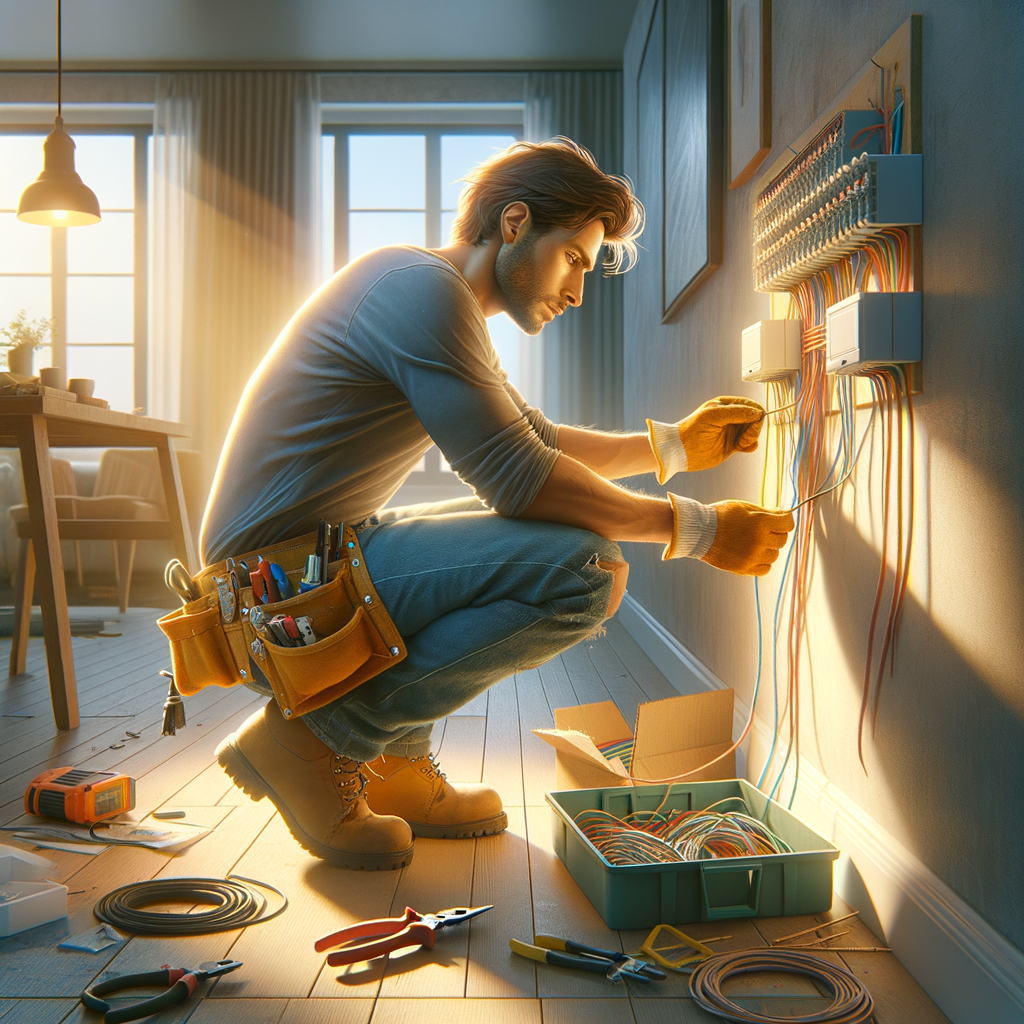Best Practices for Safe Home Electrical Wiring

Best Practices for Safe Home Electrical Wiring
When it comes to maintaining your home’s electrical system, safety and reliability are paramount. Proper wiring not only ensures your system functions efficiently but also protects your family and property from potential electrical hazards. Whether you are undertaking a DIY project or overseeing a professional installation, understanding the best practices for safe electrical wiring is essential.
This guide is tailored for DIYers, builders, and home maintenance enthusiasts who want to ensure their electrical work adheres to industry standards, keeping their homes safe and compliant with UK regulations.
Why Proper Electrical Wiring Matters
Electrical wiring is the backbone of your home’s electrical system. Faulty wiring can lead to serious issues such as electrical shocks, fires, or system failures. Proper wiring practices reduce these risks and help maintain a safe environment.
For experienced DIYers and tradespeople, following best practices means ensuring every connection is secure, wiring is adequately protected, and installation complies with the Wiring Regulations (BS 7671). Understanding these standards helps in planning, executing, and inspecting work effectively.
Key Electrical Wiring Practices to Follow
Use the Correct Materials and Tools
Selecting high-quality, rated cables and accessories is the first step. Always use materials that are suitable for the intended load and environment. For example, outdoor or damp locations require cables with an appropriate external protective layer.
Tools like wire strippers, screwdrivers, and multimeters are essential for safe and precise work. Using the right tools ensures secure connections and reduces risk of damage.
Plan Your Wiring Layout Carefully
Before starting, create a detailed wiring diagram. This helps in understanding current loads, circuit layout, and potential access points. Proper planning minimizes the need for rework and ensures compliance with regulations.
Proper Cable Management
Secure cables neatly along walls, ceilings, or within conduit to prevent damage. Avoid stretching or twisting cables, which can compromise insulation integrity. Use cable clips and conduits where necessary, especially in high-traffic areas.
Connect Correctly and Securely
All connections should be tightly secured to prevent loose contacts. Use suitable connectors and terminals for different cable types. Remember to twist wire ends neatly and ensure there are no exposed strands.
Protect and Isolate Circuits
Install appropriate circuit breakers or fuses that can interrupt power in case of overload or short circuit. Use residual current devices (RCDs) in circuits that supply outdoor or damp areas for added safety.
Grounding and Earthing
Proper grounding is critical to prevent electrical shocks. Ensure all metal parts and enclosures are correctly earthed in accordance with BS 7671 standards. Check that all grounding connections are secure.
Testing and Inspection
Once wiring is complete, conduct thorough tests. Use a multimeter or insulation tester to verify connections, continuity, and insulation resistance. Confirm that all circuits are correctly protected and functioning as intended.
Common Pitfalls to Avoid
- Overloading circuits beyond their rated capacity
- Ignoring regulations and standards
- Cutting corners on cable protection and routing
- Failing to label circuits for future maintenance
- Neglecting to test thoroughly before finalising installation
Final Thoughts
Electrical wiring is a critical aspect of home maintenance that requires attention to detail, the right materials, and strict adherence to safety standards. Whether upgrading your wiring or installing new circuits, following these best practices helps ensure a safe, reliable electrical system.
For those looking to undertake the project themselves, always consider consulting a qualified electrician for complex or high-risk work. When in doubt, professional assistance is the safest approach.
Explore Our Range
Ready to get started? Find the right products for your home wiring project at Cynnal!